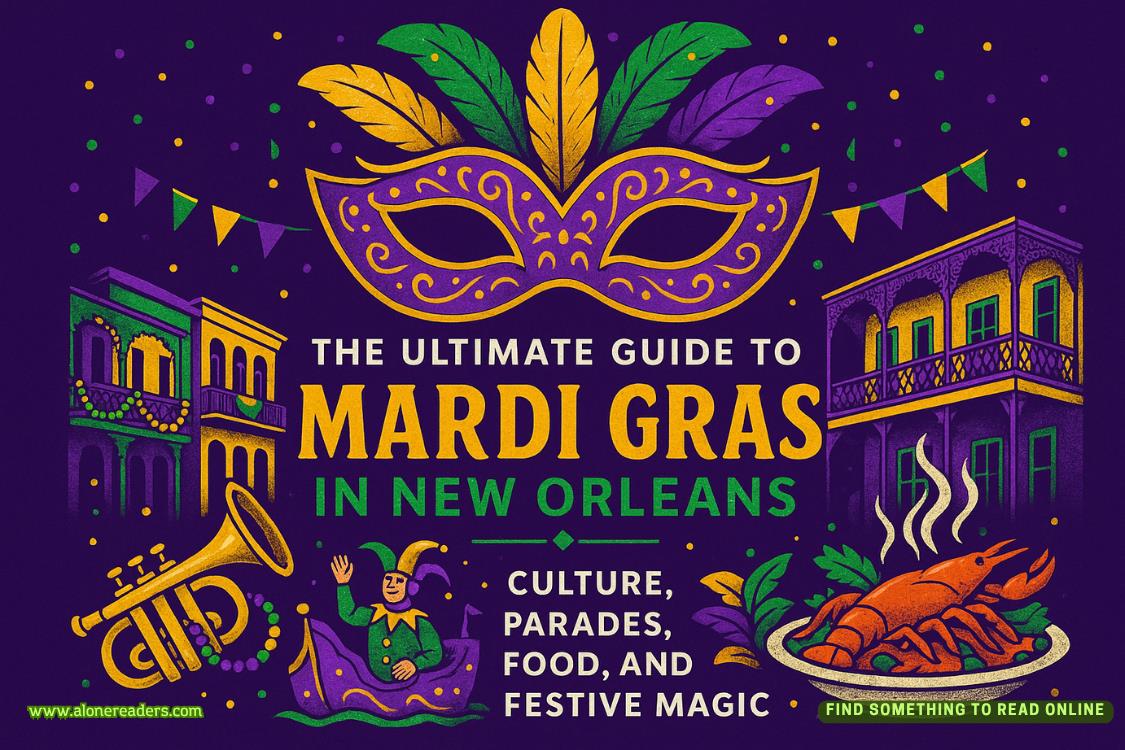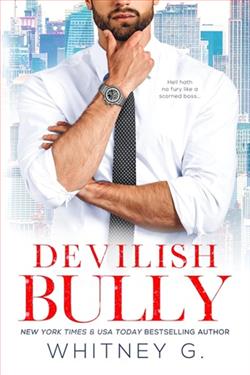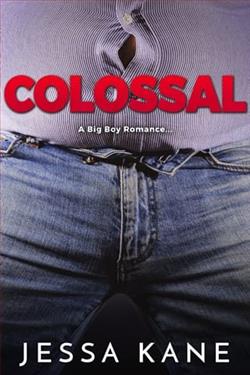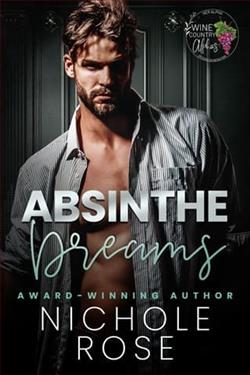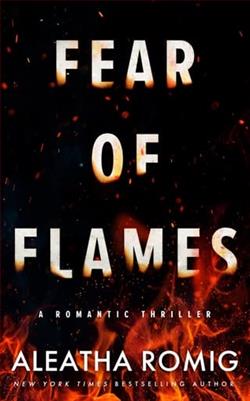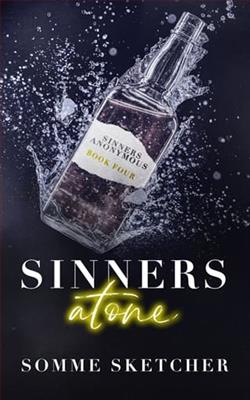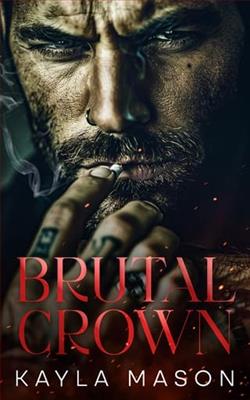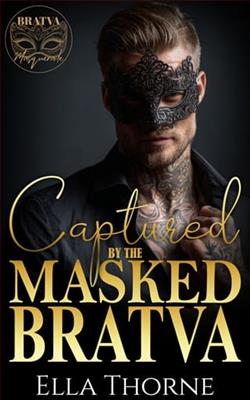Page 3 of Playing the Billionaire's Game
‘Is that Savior Sabbatino?’
‘Yes, and his brother Santo.’
Sia bit back her shock. The Sabbatino brothers were more likely to be seen on the cover of a scandal rag rather than security footage. The implications of the da
mage to the painting, the seller and the gallery were beginning to spin beyond the realms of imaginable.
‘Can you go back?’ she asked David of the footage. Something was niggling at her and she couldn’t quite tell what it was. She watched the footage again and again—the wine hitting the painting, the shock rippling out not only from the Sabbatino brothers but the attendees of the private viewing as each person turned their head, watching with horrified fascination the damage to such an expensive piece of...piece of...
There it was again. It was precisely because he was the only person in the whole room who didn’t turn his head. Instead of being drawn to the moment like a driver passing a car accident, he had his back turned and was taking a sip of his drink with something that looked, to Sia, like the ghost of a smile.
It was a man she would have recognised anywhere. Just like any other red-blooded woman, whether or not they had a penchant for billionaires with bad reputations.
INTERVIEWER ONE: So you immediately suspected Sebastian Rohan de Luen?
MS KEATING: Sheikh Alham Abrani was very clear in his instructions. The painting would never be sold to Seba—Mr Rohan de Luen. He had made many offers to purchase the painting in the last ten years, all of which had been far above the asking price, and had been refused each and every time.
INTERVIEWER TWO: Mr Rohan de Luen is a duke, is he not?
MS KEATING: His father was the Duque de Gaeten in Spain before being stripped of his lands. However, because this happened after Seb—after he had been titled at the age of eighteen, he was entitled to the...well, to the title, I suppose.
INTERVIEWER ONE: But on the night you believe you discovered the painting was a fake, he had not been anywhere near it?
MS KEATING: He was present at the private viewing.
INTERVIEWER TWO: But the CCTV footage shows that throughout the entire evening he was nowhere near the painting. In fact he remained behind to give a witness statement to the police, who were called in case any charges were to be brought against the two gentlemen involved in an altercation that damaged the painting.
MS KEATING: Well, he would hardly hold up his hands and say, Me, me—I did it, would he?
INTERVIEWER ONE: [clears throat] And when you took your concerns to your superiors...?
Sia could feel the nails of her fingers pressing crescents into the softness of her palms and knew they’d leave a mark.
‘But I’ve told you, this is not the painting that I valued in Sharjarhere.’
She’d gone straight from David’s lab to the executive offices, five floors above. She didn’t know what she’d expected, but her manager’s response was not it.
‘Ms Keating. Please, I’d love to hear what is more plausible. That you were mistaken in your valuation or that you valued a true Durrántez, which was then somehow stolen and replaced with a fake painting on the way to Bonnaire’s London gallery, which was then so unlucky as to have been damaged in a one-in-a-million altercation that caused wine to be spilled on it?’
Sia wasn’t stupid. She knew what it looked like, could understand it seemed an almost unbelievable chain of events, but she knew what her gut was telling her. And, she cursed silently, she knew that she would never have valued a fake painting. It was the only thing that her father had given her before his arrest and incarceration. The ability to spot a forgery from a mile away.
‘If I could just share the photographs I took in Sharjarhere with David then—’
‘We have already spoken to Sheikh Abrani, who has apologised profusely for any confusion.’
Sia frowned, because she doubted if the determined, overly confident and deeply arrogant man she had met when evaluating the painting had ever apologised to anyone in his life. There was simply no way he would have admitted to even accidentally attempting to sell a fake Durrántez.
‘But—’
‘The file has been sealed and will remain that way until we can finish our internal investigation. And until then, Ms Keating, you are being placed on suspension, during which time you will not speak to anyone—anyone—of your suspicions. You will have no contact with either Bonnaire’s staff, the press or the Duque de Gaeten.’
The blood drained from Sia’s face. Suspension? No contact with her colleagues? Sealed file? None of this was making any sense whatsoever. She could understand why Bonnaire’s might want to keep the damage of a painting—even a fake one—quiet until they had been in contact with the seller and the prospective buyer. But they had already spoken to Abrani. Everyone had decided that the painting was a fake, but they were wrong. The painting had been stolen, the thief was getting away with it and the only person being punished was her.
Her already dented reputation and her very young career were at stake. Everything that she’d worked so hard for. Everything that she’d fought for.
She closed her eyes, refusing to allow the tears she felt pressing against the back of her eyes to fall in front of her manager. No, she’d learned a long time ago not to let them see her cry.
At first it had been her aunt, who had never liked the fact that her seven-year-old niece was being foisted upon her while her wayward sister lurched from one man to another in the wake of her husband’s imprisonment. The strict, dark and deeply conservative home of Eleanor Lang had been a short sharp shock to a little girl who’d been given pencils and pens and all but told to ‘have at it’ on the walls of her father’s studio. How on earth was a seven-year-old to know that there was a significant difference between the white paper her father had spread across his studio walls and the magnolia paint that covered her aunt’s sitting room and hallway?


